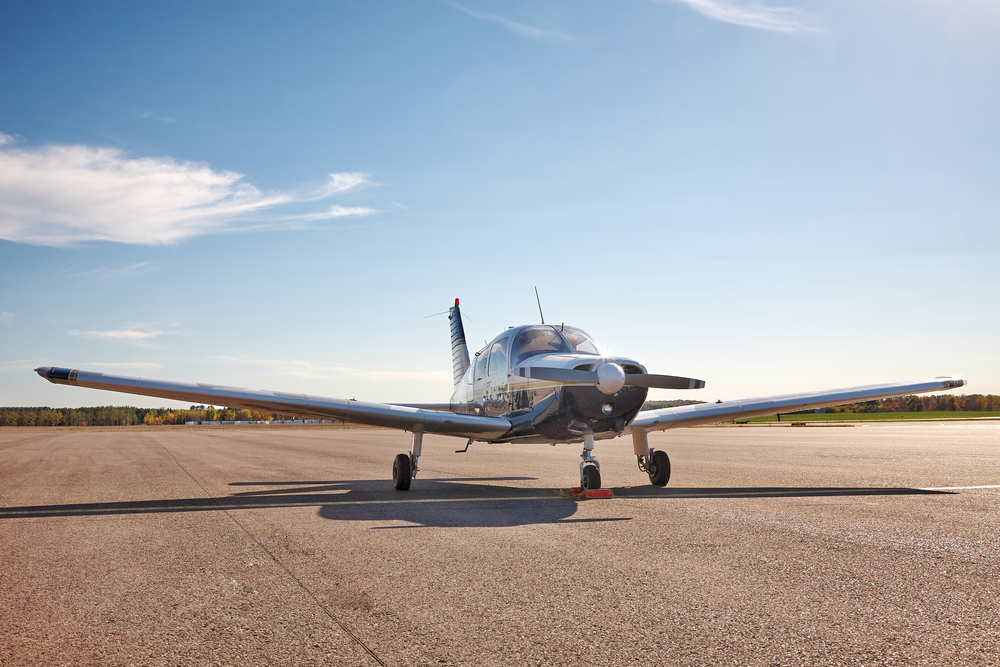How Much is a Commercial Plane?
Understanding the cost of a commercial plane involves several factors. Price can vary significantly depending on the model, size, and capabilities. There are primary manufacturers like Boeing and Airbus that dominate the market.
Factors Influencing the Cost
Commercial planes are complex machines, and their costs reflect this. Here are some key factors that affect the price:
- Model and Size: Smaller regional jets like the Embraer E175 or Bombardier CRJ900 are less expensive than larger wide-body jets like the Boeing 787 or Airbus A350.
- Features and Customization: Adding features such as luxurious interiors, advanced avionics, or additional fuel tanks increases the price.
- Production and Development Costs: The expenses associated with design, testing, and manufacturing are significant and contribute to the final price tag.
- Market Demand: Prices fluctuate based on market conditions and the demand for specific aircraft types.
- Sustainability Technologies: Newer planes with eco-friendly technologies may have higher initial costs but offer long-term savings.
Price Ranges for Different Types of Planes
Commercial aircraft can be grouped into different categories, each with its price range.
Regional Jets
These planes typically serve shorter routes and carry fewer passengers. They are essential for connecting smaller cities to major hubs.
- Embraer E175: Approximately $45 million.
- Bombardier CRJ900: Around $49 million.
Narrow-Body Jets
Narrow-body jets are the workhorses of airlines for short to medium-haul flights.
- Boeing 737 MAX 8: Priced around $121.6 million.
- Airbus A320neo: Roughly $110.6 million.
Wide-Body Jets
Suitable for long-haul international flights, these aircraft have large passenger capacities and longer ranges.
- Boeing 787-9: Approximately $292.5 million.
- Airbus A350-900: Around $317.4 million.
Additional Costs
Purchasing a plane involves more than just the sticker price. Several other costs come into play:
- Training: Pilots, crew, and ground staff require training, which can be expensive.
- Maintenance: Routine checks, repairs, and overhauls are necessary to keep the plane airworthy.
- Fuel: Fuel costs are a significant part of operating expenses, influenced by global oil prices.
- Insurance: Insurance policies ensure coverage against accidents, damages, and liabilities.
- Airport Fees: Landing, parking, and other airport service fees can add to the operational costs.
Financing Options
Few airlines buy planes outright. They often use various financing methods to spread the cost over time.
- Leasing: Involves renting the aircraft from a leasing company. Types include operating leases and finance leases.
- Loans: Airlines may finance the purchase through loans, paying back the cost with interest over time.
- Sale and Leaseback: Airlines sell their planes to a leasing company and then lease them back. This can free up capital.
Importance of Long-Term Savings
Despite the high initial costs, modern commercial planes offer efficiency that can lead to long-term savings.
- Fuel Efficiency: Newer models burn less fuel per mile, reducing operational costs.
- Maintenance Costs: Advanced materials and improved engineering reduce the frequency and cost of repairs.
Market Leaders: Boeing and Airbus
Boeing and Airbus are giants in the commercial aviation industry. Their aircraft are benchmarks of technological advancement.
Boeing
Headquartered in the United States, Boeing is known for iconic aircraft such as the 747 and the 737.
Airbus
Headquartered in France, Airbus produces popular models like the A320 family and the A380.
Secondary Market: Used Airplanes
Not all airlines purchase new planes. The secondary market for used aircraft can be a cost-effective alternative.
- Lower Initial Cost: Used planes are cheaper than new ones, but they may come with higher maintenance costs.
- Availability: With fewer production delays, used planes can enter service more quickly.
Future Trends
The commercial aviation market is always evolving, with trends that could influence future costs and choices.
- Electric and Hybrid Aircraft: Advances in these technologies might lead to new, efficient models.
- Automation: Increased automation could reduce the need for large flight crews, impacting staffing costs.
- Environmental Regulations: Stricter global regulations may drive demand for more eco-friendly aircraft.
Conclusion
Commercial planes are a significant investment, influenced by numerous factors from the type of aircraft to additional operational expenses. Understanding these variables helps make informed decisions in the aviation industry.
